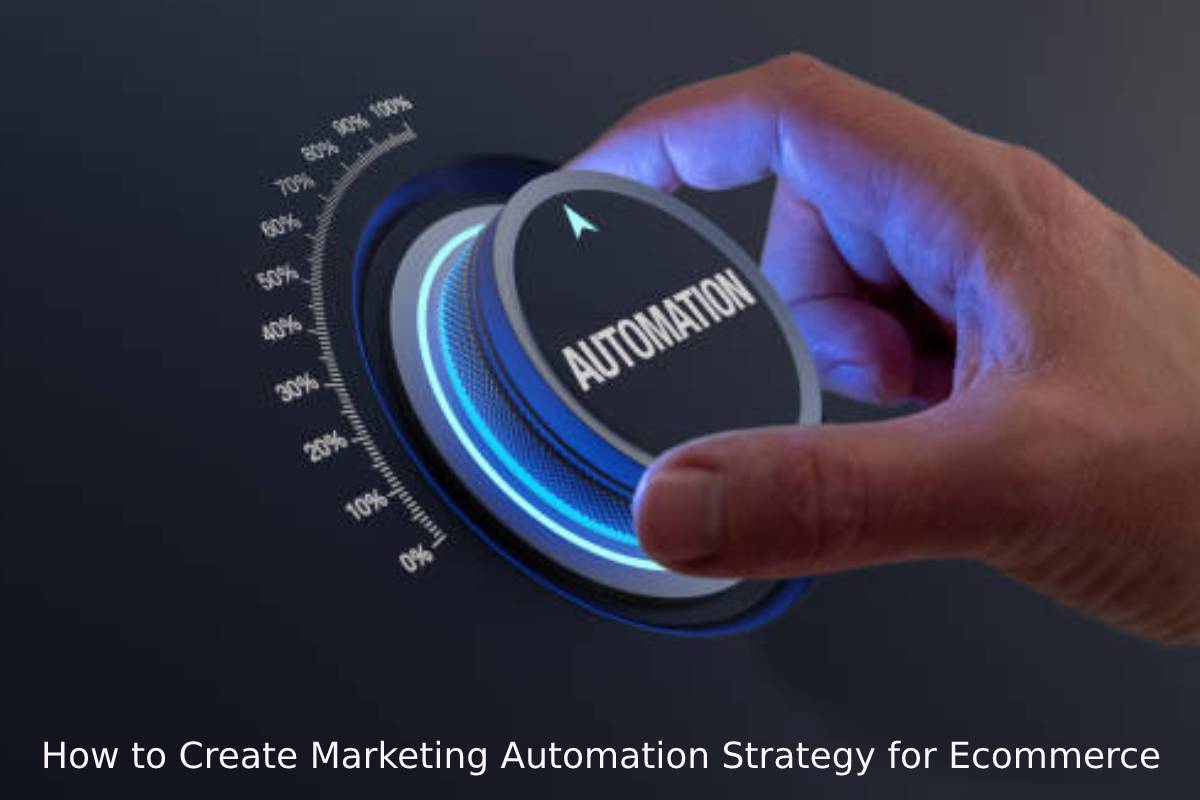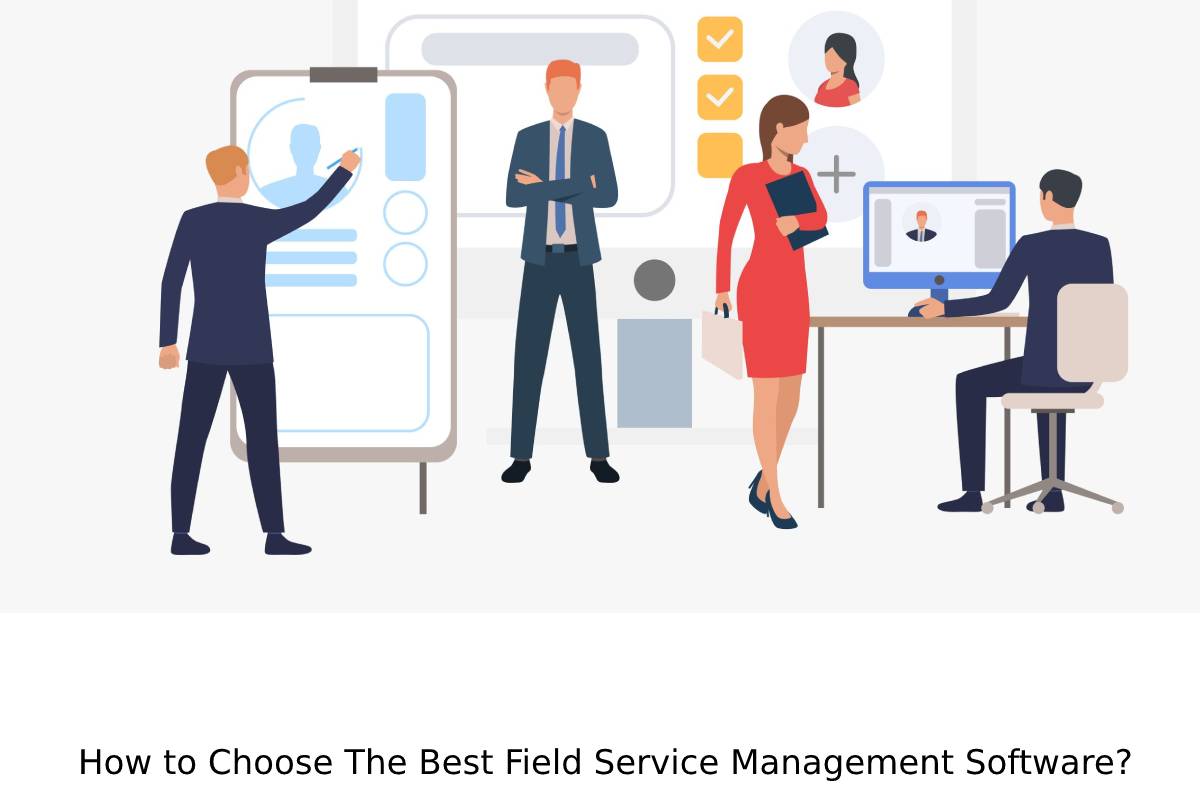Table of Contents
Introduction
One of the most common issues that ecommerce businesses face is generating leads and retaining customer loyalty. Aside from these goals, each company must collect massive amounts of data and use it to build marketing-centric systems.
Marketing automation, which is essentially the integration of linear automation into complex marketing systems, is used to address these issues. You can take advantage of all the benefits of marketing automation and grow your ecommerce business in the long run if you know how to create it and deploy it in your sales process with a good marketing strategy for ecommerce.
With that said, let’s go over some strategies for developing an effective one, as well as how to use marketing automation at each stage of the user journey to drive product growth.
Let’s begin!
1. Develop Specific Goals
Develop a clear set of goals for what you want to achieve with a data-driven marketing automation strategy for ecommerce. These goals could include decreasing customer churn, generating more and higher-quality leads, providing a better customer experience, and increasing customer engagement. Defining these objectives gives you a framework for measuring the success of your new strategy.
2. Identify the Buyer’s Journey Stages
The transition from one stage of the buyer’s journey to the next can have multiple touchpoints. In the consideration stage, for example, a user may visit your product page, add certain products to their cart but do not purchase, add products to their wishlist for later, check out user reviews online, watch unboxing videos on YouTube, and go to competitor sites and do the same things.
To move a user from the consideration stage to the purchase stage, you must use a multi-channel strategy to target them at each of these touchpoints. The best place to begin is by developing an ideal buyer persona and an ideal buying journey. Then, brainstorm all of the variations that can arise from this purchasing journey, and create a comprehensive list of all of the touchpoints where you can connect with your customers.
3. Make Use of the Correct Data
In data-driven marketing, the old adage “garbage in, garbage out” certainly applies. To make the best decisions, you must have access to the appropriate data. Beyond basic demographic information, focus on the data that allows you to personalise your marketing and sales activities – and make sure you’re using the most recent data sets. Customer data that is more than a year or two old cannot be used to make decisions in today’s fast-paced environment
4. Determine Which Tasks should be Automated.
Examine each stage of the journey for repetitive tasks that are causing low conversion rates. Remember that while automation can be useful, it can also be ridiculous when used incorrectly. Before automating, it’s critical to determine which tasks are best handled by humans. The following are some good examples of tasks that should be automated:
- When someone signs up, a welcome email is sent to them.
- When a user first logs in to your app, you should greet them.
- Confirm receipt of a support ticket.
- Subscription renewal must be confirmed.
5. Provide a Highly Personalized User Experience
Finally, ensure that your content is unique for each user. Personalize your communications by including information that is relevant to the user. Personalized product recommendations, reminders, offers, and updates increase conversion rates by three times over messages that only include first and last name personalization.
Create communication rules and give your marketing automation platform the spotlight. A marketing automation platform can not only retrieve information from your recommendation engine and data systems, but it can also intelligently insert it into your communications, ensuring that each customer communication is unique and tailored to them.
Bottom Line
We recently discussed how to create an effective marketing automation strategy for ecommerce, as well as how to use marketing automation at each stage of the user journey. The most important thing to remember from today is to always set goals before implementing any marketing automation! If you don’t know which results you want, your marketing automation strategy will fail to deliver. Do you want to learn more about how we can help your product grow? Request a free demo to see how we can assist you.



